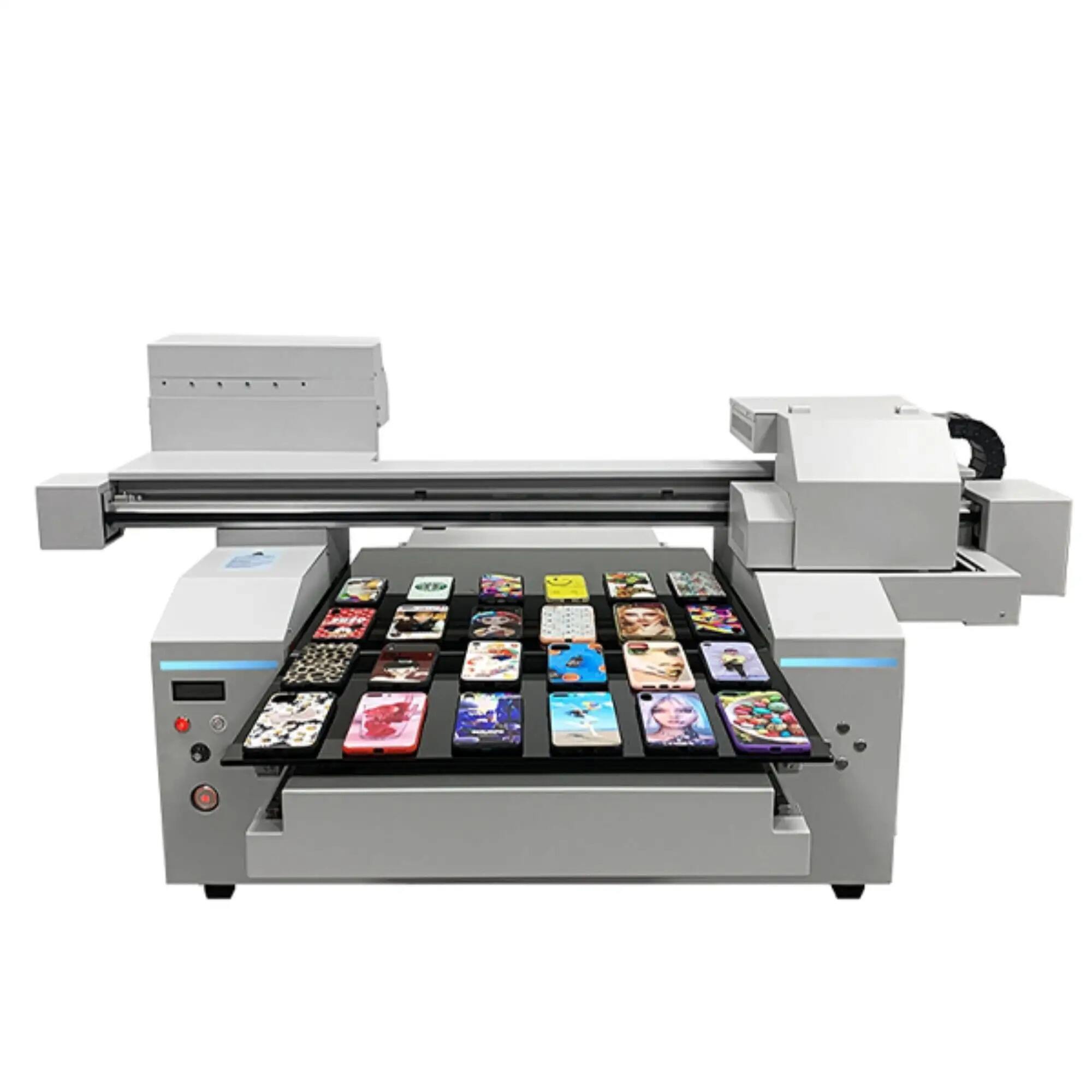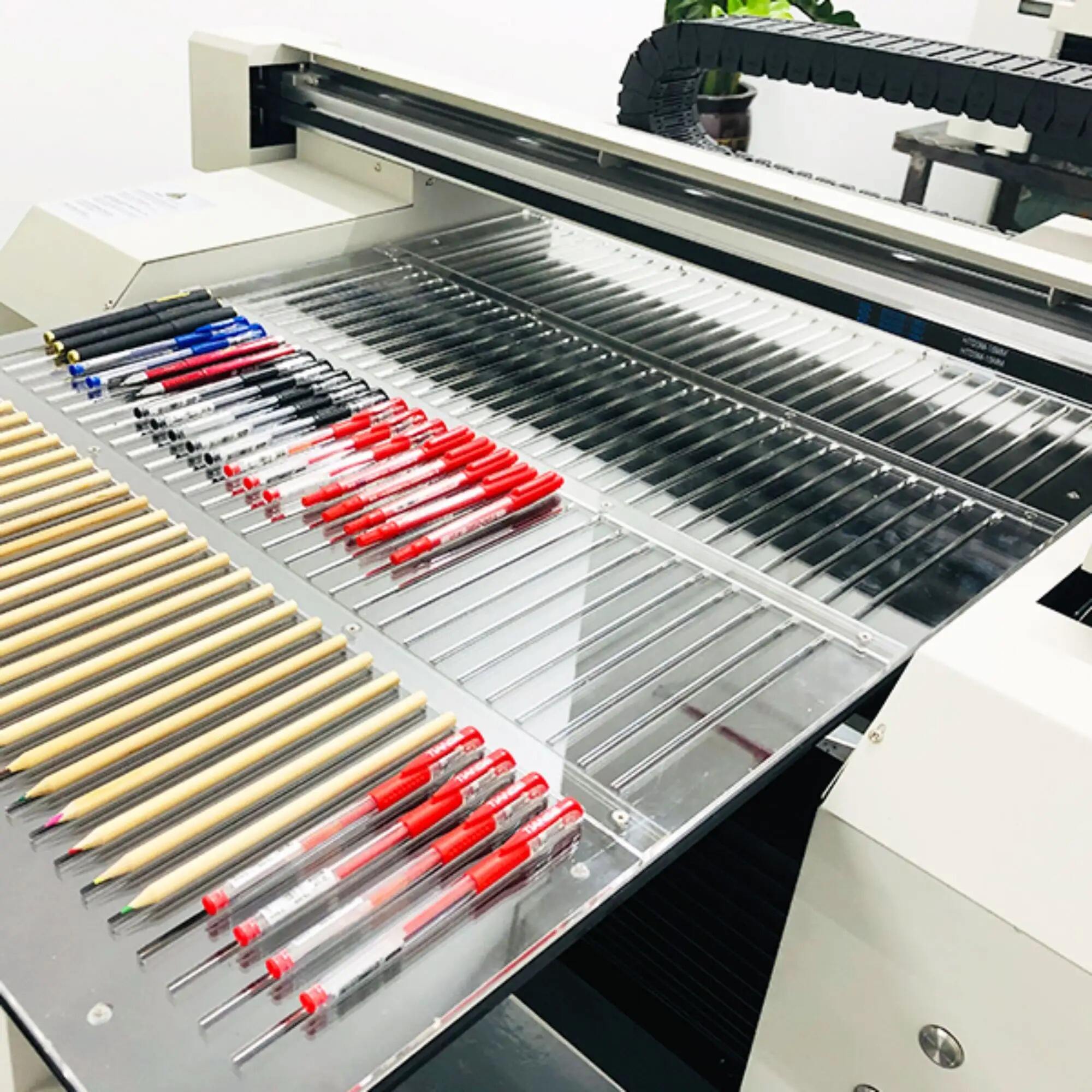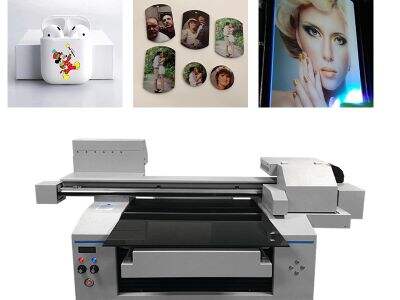Top 3 Best UV Flatbed Printers on the Chinese Market
Do you need to know about the most known 3 UV flatbed printers are creating waves in the Chinese market? Perfectly, you have landed in the right web site. We shall explore the advantages, innovations, safety, use, quality, and application among these a1 uv printer printers. Why don't we plunge in.
Advantages
UV flatbed printers revolutionized the printing industry utilizing their capacity to print on various substrates, like vinyl, metal, timber, and glass. They feature high-quality images and vibrant colors, excellent quality. The 3D Wall Printer highest Best UV Flatbed Printers on the Chinese Market different advantages, for example:
1. Fast Printing rates: These UV flatbed printers can print just as much as 150 square feet per hour, which means that they'll manage a big amount quickly and effectively.
2. Precise Registration: These printers have advanced registration technology that will help to ensure prints are aligned precisely, even on irregularly shaped items.
3. Versatile: they will have the capacity to print on different substrates, including metals, lumber, plastic materials, and glass, meaning that which they could focus on the wide range of applications.

Innovations
The best 3 UV flatbed printers regarding the Faith Chinese market various innovative features which set them besides the rest. These generally include:
1. Automatic Head Maintenance: These printers need automatic head maintenance systems which decrease the want for manual cleaning, which saves time and improves effectiveness.
2. LED UV Curing: They use of LED UV curing, which creates less temperatures than old-fashioned UV lights, resulting in less substrate warping higher print quality.
3. Advanced RIP Software: The printer’s raster image processor (RIP) software appears with equipment for online preview, text modifying, and image smoothing. This software additionally ensures which images are printed with exceptional color persistence and controllability.
Safety
Safety is a critical choice working together with UV flatbed printers. These a2 uv printer printers emit UV radiation, that may cause skin irritation, eye harm, and increasing threat of your skin. The utmost effective best 3 UV flatbed printers into the Chinese market different safety features to make sure operators are protected. These features include:
1. Enclosed Workspaces: The printers have completely enclosed workspaces that prevent operators’ contact with UV radiation.
2. Automatic Shut-Off: they will have automatic shut-off systems that turn down the UV lamps after the cover is exposed to avoid accidental visibility.
3. Safety Switches: The printers need safety switches that disable the UV lamps when the printer is not in use or whenever maintenance is being carried out.
Use and How to Use
The most notable best 3 UV flatbed printers in the Chinese market easy to use, even for novices. They show up with user-friendly interfaces and guide manuals that allow operators to use all of them with ease. Here is how to use them:
1. Load your substrate from the printer sleep and ready the printing parameters to the printer's software.
2. Ensure that your printer is correctly calibrated to make certain accurate and consistent prints.
3. Initiate the printing procedure and monitor the printer's progress because of the screen.

Service and Quality
The utmost effective top 3 UV flatbed printers in the Chinese market come and excellent consumer support and after-sales service. The providers provide warranties that ensure that any defects or faults are rectified promptly. These printers offer high-quality prints and exemplary colors consistency and resolution, ensuring that the final production clients’ expectations.
Application
The most notable best 3 UV flatbed printers in the Chinese market cater to different applications, such as:
1. Signage: they could print on various materials for example acrylic, PVC, and corrugated plastics that are widely used in signage.
2. Packaging: These printers could print on various packaging content such because paper, cardboard, and plastic materials, that are widely employed in the drink and food industry.
3. Industrial: They could print on different industrial substrates as metals, wood, and glass, which are commonly found in the manufacturing industry.

 EN
EN
 AR
AR
 HR
HR
 NL
NL
 FR
FR
 DE
DE
 IT
IT
 JA
JA
 KO
KO
 PL
PL
 PT
PT
 RO
RO
 RU
RU
 ES
ES
 SV
SV
 ID
ID
 TH
TH
 TR
TR
